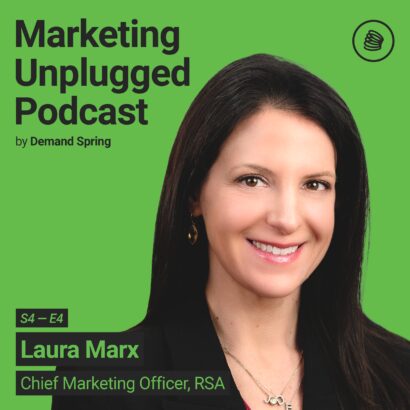Environmental sustainability has become a brand imperative over the past several years as stakeholders, from customers to employees to investors, expect companies to act with purpose and demonstrate leadership.
For decades, companies have followed a corporate social responsibility (CSR) playbook anchored in the pursuit of the triple bottom line: people, profit and planet. This approach has yielded positive results, giving companies incentive to showcase work done to enhance the environment and society. For many, however, these activities are bolt-ons to the daily work and central purpose of the organization.
But that is changing. In a recent report[1] on sustainability trends, three-quarters of respondents said that the business response to COVID has raised expectations of what business is capable of in terms of fighting some of the world’s biggest problems – like climate change.
In response, companies are putting purpose at the center of business strategy, and linking it to broader global challenges. By doing so, the environmental sustainability and social initiatives that were previously nice to haves, have become integral, strategic imperatives requiring intentionality of planning, target setting, action and communication. In short, they are developing sustainable purposes.
A sustainable purpose frames a company’s identity and actions in terms of those that benefit society and create a more sustainable world. A well-crafted sustainable purpose will have measurable impact on employees (e.g. job satisfaction), investors (e.g. ESG-driven institutional investors), the local community and the broader industry. It can also help influence regulatory agencies that can promote more comprehensive change.
As environmental sustainability becomes more central to a company’s brand, aligning purpose to broader global challenges and communicating how sustainability is transforming your business, product and culture takes on more importance. Successful companies develop a sustainability story that is authentic and personal, staying connected to the bigger issue. They remain vigilant to the downside of greenwashing: a catchy slogan or painting an overly rosy picture without proven positive impact or linkage back to metrics could eventually degrade overall trust in the brand. Done well, however, the triple bottom line becomes a reality in ways that the founding architects of CSR could have only imagined.
[1] Wunderman Thompson Report – Regeneration Rising: Emerging Trends Unlock Opportunity for a Sustainable Future. April 2021





